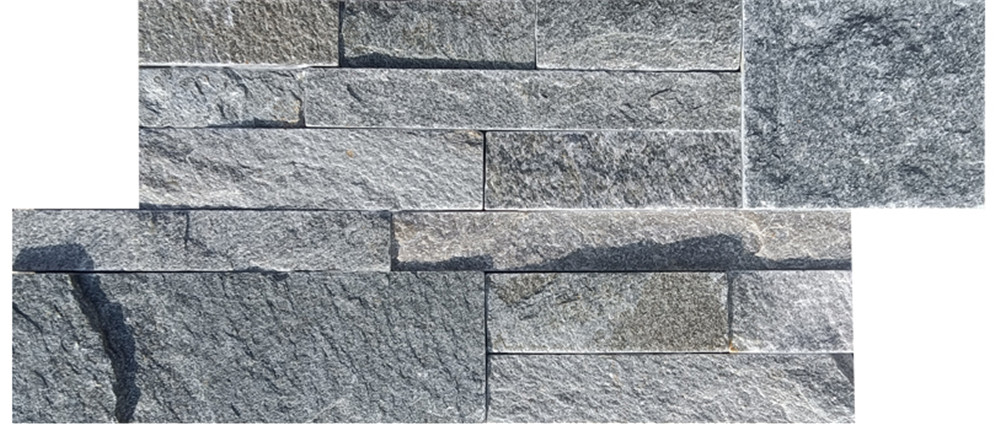Introduction
In the world of construction and architecture, the use of precast cultured stone has gained significant popularity in recent years. This versatile building material offers a wide range of benefits, from its aesthetic appeal to its durability and cost-effectiveness. In this comprehensive guide, we will explore the beauty and benefits of precast cultured stone in detail, examining its characteristics, applications, installation methods, and more.
What is Precast Cultured Stone?
Precast cultured stone, also known as manufactured stone veneer, is a man-made building material designed to replicate the look and feel of natural stone. It is made by casting concrete into molds that are shaped and textured to mimic the appearance of various types of natural stone, such as limestone, granite, and slate. The result is a lightweight, durable product that closely resembles the beauty of natural stone at a fraction of the cost.
Characteristics of Precast Cultured Stone
One of the key characteristics of precast cultured stone is its versatility in terms of design and customization. Manufacturers offer a wide range of colors, textures, shapes, and sizes, allowing for endless possibilities in creating unique and visually appealing architectural features. From rustic to modern, precast cultured stone can be tailored to suit a variety of design styles and preferences.
In addition to its aesthetic appeal, precast cultured stone is also known for its durability and weather resistance. Made from high-quality concrete and reinforced with fibers, precast cultured stone is able to withstand the elements and maintain its appearance over time. It is resistant to fading, cracking, and chipping, making it a long-lasting and low-maintenance building material.
Applications of Precast Cultured Stone
Precast cultured stone can be used in a wide range of applications in both residential and commercial construction projects. Some common uses of precast cultured stone include:
1. Exterior Cladding: Precast cultured stone is often used as a decorative cladding material for the exterior of buildings. It can be applied to facades, walls, columns, and other architectural elements to enhance the aesthetic appeal of the structure.
2. source : In interior design, precast cultured stone can be used to create stunning accent walls in living rooms, bedrooms, and other spaces. The natural look and texture of the stone add warmth and character to the room.
3. Fireplace Surrounds: Precast cultured stone is a popular choice for fireplace surrounds, adding a touch of elegance and sophistication to the hearth. The stone can be customized to complement the style of the room and create a focal point in the space.
4. Garden Walls and Landscaping: In outdoor spaces, precast cultured stone can be used to create garden walls, retaining walls, and other landscaping features. Its durability and weather resistance make it an ideal choice for outdoor applications.
Installation Methods
The installation of precast cultured stone involves a series of steps to ensure a secure and visually appealing finish. The process typically includes the following stages:
1. Surface Preparation: The surface where the precast cultured stone will be applied must be clean, dry, and free of any debris or contaminants. A weather-resistant barrier may be installed to protect the underlying structure from moisture.
2. Application of Mortar: A mortar bed is applied to the surface using a trowel, providing a base for the stone veneer to adhere to. The mortar should be mixed to the proper consistency and thickness to support the weight of the stone.
3. Setting the Stone: The precast cultured stone pieces are then individually placed onto the mortar bed, starting from the bottom and working upwards. Spacers may be used to maintain consistent joint widths and ensure a uniform appearance.
4. Grouting: Once the stone pieces are in place, grout is applied to fill the joints between them. The grout helps to secure the stones in position and create a seamless finish. Excess grout is removed with a tool to achieve a clean look.
5. Finishing Touches: After the grout has dried, any remaining residue is cleaned off, and the surface is inspected for any imperfections or irregularities. The finished result is a beautiful and durable wall or surface that closely resembles natural stone.
Benefits of Precast Cultured Stone
There are numerous benefits to using precast cultured stone in construction projects, including:
1. Cost-Effectiveness: Precast cultured stone is more affordable than natural stone, making it a cost-effective alternative for achieving the look of stone without breaking the budget. It offers the same aesthetic appeal at a fraction of the price.

2. Lightweight: Compared to natural stone, precast cultured stone is lightweight and easy to handle, reducing the need for heavy machinery during installation. This can help to save time and labor costs on the construction site.
3. Variety of Options: With a wide range of colors, textures, and shapes available, precast cultured stone offers endless design possibilities for creating unique and visually striking architectural features.
4. Durability: Precast cultured stone is highly durable and weather resistant, able to withstand the elements and maintain its appearance over time. It is resistant to fading, cracking, and chipping, making it a long-lasting building material.
5. Maintenance-Free: Unlike natural stone, precast cultured stone requires minimal maintenance to keep it looking its best. Regular cleaning with water and mild detergent is usually all that is needed to maintain its appearance.
Conclusion
Precast cultured stone is a versatile and cost-effective building material that offers a wide range of benefits for construction projects. With its aesthetic appeal, durability, and ease of installation, precast cultured stone has become a popular choice for architects, designers, and builders looking to incorporate the look of natural stone into their designs. Whether used for exterior cladding, interior accent walls, fireplace surrounds, or landscaping features, precast cultured stone provides a beautiful and long-lasting solution for enhancing the visual appeal of any space.
